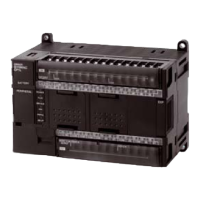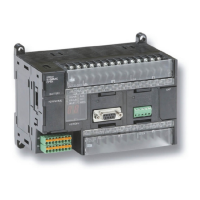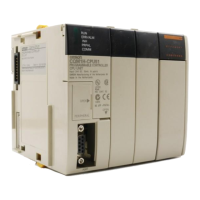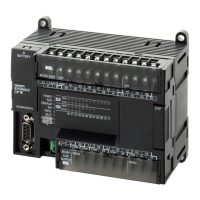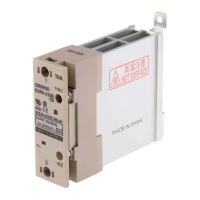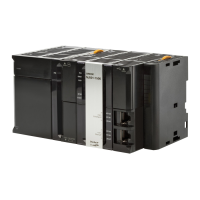Appendices
A - 24
CJ-series EtherCAT Slave Units Operation Manual (W541)
A-5 Creating I/O Tables
This section describes how to create I/O tables for the EtherCAT Slave Unit.
I/O tables are used to identify Units mounted to the PLC and to allocate I/O to them. With CJ-series
PLCs, whenever there is a change to the Unit configuration it is necessary to create I/O tables and reg-
ister the mounted Units in the CPU Unit.
The I/O tables can be created in the following ways.
• Using the CX-Programmer offline
• Using the CX-Programmer online to create the I/O table based on the Units mounted to the PLC
• Using the Programming Console to create the I/O table based on the Units mounted to the PLC
• Using the CPU Unit's automatic I/O allocation at startup
To create the I/O tables, connect a programming device (such as a CX-Programmer or Programming
Console) to the PLC.
The following programming devices can be used with CJ-series PLCs.
CX-Programmer
For information on how to connect and operate the CX-Programmer, refer to the CX-Programmer
Operation Manual (Cat. No. W446).
Programming Console
Precautions for Correct Use
A Programming Console cannot be used with the CJ2H-CPU(-EIP) and CJ2M-CPU3
CPU Units. Use the CX-Programmer.
A-5-1 I/O Table Overview
A-5-2 Connecting Programming Devices to the PLC
Applicable Programming Devices
Model number Key sheet (required) Recommended cable (required)
C200H-PRO27-E CS1W-KS001-E CS1W-CN224 (cable length: 2.0 m)
CS1W-CN624 (cable length: 6.0 m)
CQM1-PRO01-E CS1W-CN114 (cable length: 0.1 m)
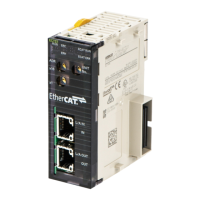
